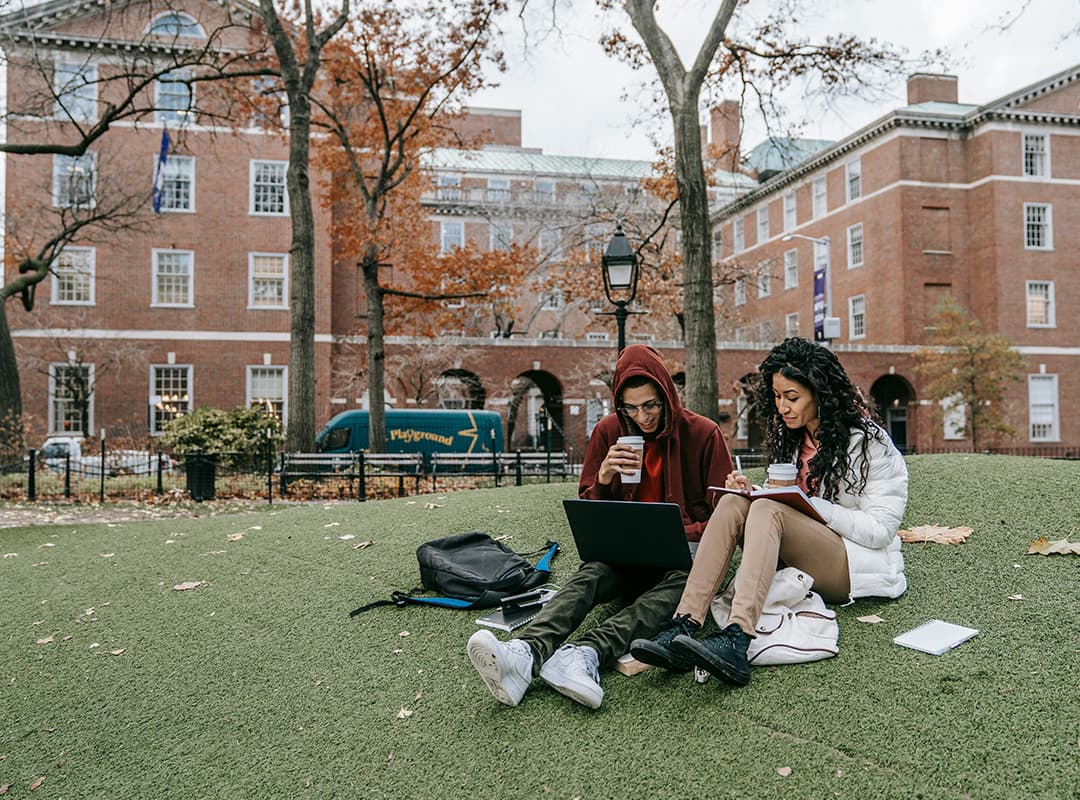In a world where innovation is increasingly prized, the importance of creativity in education has never been clearer. Yet, traditional educational systems often prioritize rote learning and standardized testing over the unstructured, imaginative processes that nurture creative thinking. How can educators, parents, and students work together to ensure creativity thrives in our schools?
The answer lies in rethinking the role of play in learning.
Why Play Matters
Play is often dismissed as frivolous or unproductive, but research tells a different story. Psychologists and education experts agree that play fosters critical skills such as problem-solving, collaboration, and adaptability—all essential for success in the 21st century. According to the American Academy of Pediatrics, play also supports cognitive, social, and emotional development in children.
For older students, “play” might take the form of project-based learning, experimentation, or creative problem-solving challenges. When students are encouraged to explore, fail, and iterate, they develop resilience and a love for learning that goes far beyond the classroom.
How Schools Can Embrace Play
- Incorporate Makerspaces
Makerspaces provide students with hands-on opportunities to create, invent, and experiment. Whether it’s building a robot, designing a model city, or coding an app, makerspaces allow learners to apply their knowledge in practical, imaginative ways. - Use Open-Ended Projects
Shift away from assignments with a single “right” answer. Encourage students to tackle open-ended problems that allow for multiple approaches and outcomes. For example, instead of asking students to memorize facts about climate change, challenge them to design their own solutions for reducing carbon footprints. - Redefine Success
Reward curiosity, creativity, and effort, not just correct answers. Celebrate the learning process, including mistakes, as part of growth. This mindset helps students feel safe to take risks and think outside the box. - Integrate Playful Technology
Tools like Minecraft Education, Scratch, and Tinkercad combine play with learning, helping students grasp complex concepts in math, science, and engineering while having fun. - Build Time for Free Exploration
Allow students time to explore their own interests. Whether through “genius hour” or passion projects, unstructured exploration often leads to surprising innovations and deeper engagement.
The Role of Parents and Communities
Parents and communities play a vital role in fostering a culture of creativity. Simple actions like encouraging curiosity at home, providing access to art supplies, or participating in community events like hackathons or art fairs can make a big difference.
A Call to Action
To truly inspire creativity and innovation, we must reimagine education as a space where play and learning coexist. By embracing the power of play, we equip students with the skills and mindset they need to thrive in an ever-changing world.
As educators, parents, and students gather at this conference to share ideas and insights, let’s commit to championing creativity in all its forms. The future belongs to those who dare to imagine—and it starts with how we teach and inspire the next generation.
